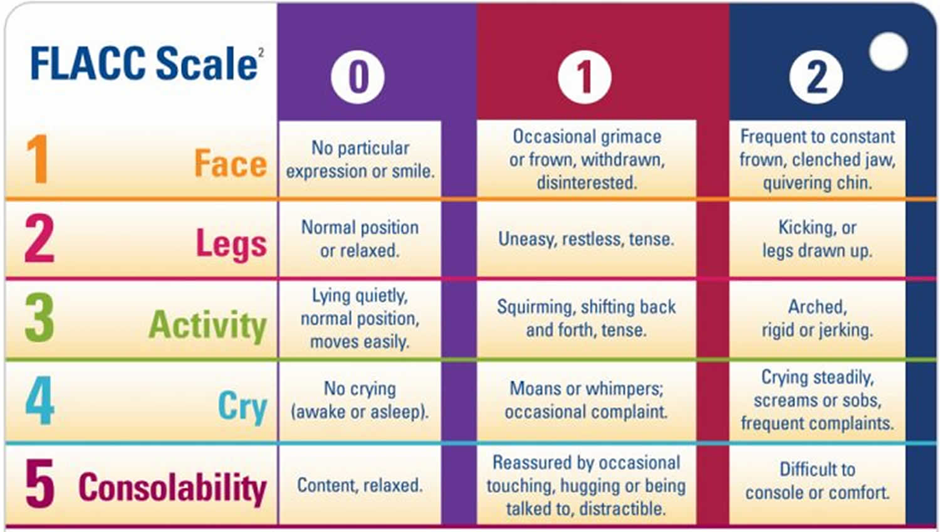ATI PN Fundamentals of Nursing 2020 with NGN Exam 2
ATI PN Fundamentals of Nursing 2020 with NGN Exam 2 ( 49 Questions)
A nurse is caring for a who speaks a different language than the nurse and is 6 hr postoperative. Which of the following actions should the worse take to determine the client's level of pain?
Using the FACES pain scale to gauge the client's level of pain is appropriate. This scale relies on the client's ability to understand and communicate using a specific language, which might not be possible if there is a language barrier.
Using a communication board to interact with the client is inappropriate. While communication boards can be helpful, they might not effectively gauge the client's level of pain, especially if the client's primary language isn't available on the board.
Using the Face, Legs, Activity, Cry, Consolability (FLACC) scale to measure the client's pain level is appropriate. The FLACC scale is a pain assessment tool that evaluates pain in nonverbal patients or those who can't communicate effectively. It assesses facial expressions, leg movement, activity level, crying, and consolability to determine the level of pain the patient is experiencing.
Asking an assistive personnel who speaks the same language as the client to interpret is inappropriate. Relying on an interpreter, even if they speak the same language as the client, might not be the best approach for pain assessment, as nuances related to pain expression and interpretation might be better captured through a standardized pain assessment tool like the FLACC scale.
Choice A Reason:
Using the FACES pain scale to gauge the client's level of pain is appropriate. This scale relies on the client's ability to understand and communicate using a specific language, which might not be possible if there is a language barrier.
Choice B Reason:
Using a communication board to interact with the client is inappropriate. While communication boards can be helpful, they might not effectively gauge the client's level of pain, especially if the client's primary language isn't available on the board.
Choice C Reason:
Using the Face, Legs, Activity, Cry, Consolability (FLACC) scale to measure the client's pain level is appropriate. The FLACC scale is a pain assessment tool that evaluates pain in nonverbal patients or those who can't communicate effectively. It assesses facial expressions, leg movement, activity level, crying, and consolability to determine the level of pain the patient is experiencing.
Choice D Reason:
Asking an assistive personnel who speaks the same language as the client to interpret is inappropriate. Relying on an interpreter, even if they speak the same language as the client, might not be the best approach for pain assessment, as nuances related to pain expression and interpretation might be better captured through a standardized pain assessment tool like the FLACC scale.

